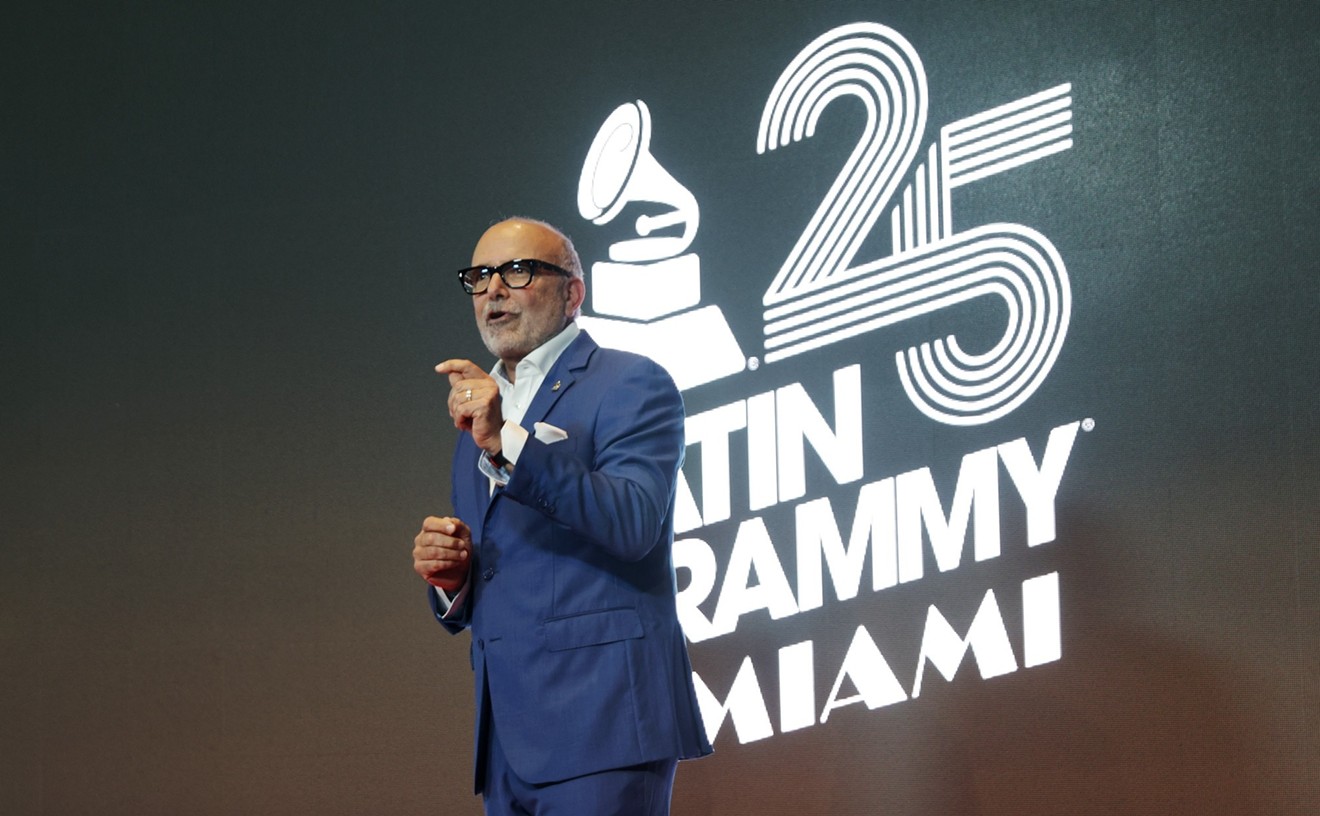Most people know John Baldwin -- or, rather, his pseudonym, John Paul Jones -- as the bassist for Led Zeppelin. Of course, it's easy to typecast certain individuals, particularly musicians, but Baldwin... err, Jones... has proven himself a man of remarkable diversity and instrumental dexterity.
Since Zeppelin's demise, he's performed with the bluegrass band Nickel Creek and its offshoot, the Mutual Admiration Society; joined the hard-rock outfit Them Crooked Vultures; and collaborated with a remarkable list of different artists, among them R.E.M., Jars of Clay, Heart, Ben E. King, Peter Gabriel, Foo Fighters, Lenny Kravitz, Cinderella, the Mission, Brian Eno, the Butthole Surfers, and Uncle Earl. Even when he was with Zeppelin, he could never be pinned down to just one role; aside from bass, he contributed keyboards, clavinet, mandolin, mellotron, arrangements, and occasional vocals to their recordings. Granted, sharing the spotlight with larger-than-life personalities like Robert Plant, Jimmy Page, and John Bonham could not have been easy, especially for a modest man with a relatively low-key personality. Still, he's made an indelible instrumental impression on practically every effort he's contributed to.
Jones turns 66 on January 3, and that makes it as good a time as any to shine the spotlight on the many assorted sessions that helped affirm his journeyman status, particularly those that occurred prior to his history with Zeppelin. Not that he was unseasoned; he joined his first band, the Deltas, at age 15 and then played bass for a jazz-rock group called Jett Blacks, which also included future guitar virtuoso John McLaughlin. He got his first shot at fame in 1962 when he joined the successful instrumental group the Shadows, an outfit he remained with for two years.
By the mid-'60s, Jones had become quite successful as a studio musician -- playing two and three sessions a day, six and seven days a week while notching hundreds of studio credits in the process. "I can't remember three quarters of the sessions I was on," he said years later. "I was arranging 50 or 60 things a month, and it was starting to kill me."
Here, then, is a list of just a few of the artists who benefited from his services pre-, during, and post-Zeppelin:
• The Rolling Stones, Satanic Majesties Request (he provided the string arrangement on "She's a Rainbow")
• The Yardbirds, Little Games (The session that marked his first meeting with Jimmy Page)
• Donovan, "Sunshine Superman," "Mellow Yellow," and "Hurdy Gurdy Man" (Page also played on "Hurdy Gurdy Man," and it was during this session that Page and Jones initially entertained ideas for a new band that would eventually become Led Zeppelin.)
• The Family Dogg, A Way of Life
• Peter Green, The End of the Game
• Madeline Bell, Comin' Atcha
• Paul McCartney/Wings, Give My Regards to Broadstreet, "Rockestra Theme" (from Back to the Egg)
• Foo Fighters, In Your Honor (songs "Another Round," "Miracle")
• Plus assorted efforts for the following: Herman's Hermits • Roy Harper • Jeff Beck • Cat Stevens • Rod Stewart • Shirley Bassey • Lulu • Dusty Springfield • Tom Jones • Nico • Wayne Fontana • The Walker Brothers
Clearly, when it came to accumulating credits, Jones possessed more zip than merely Zep.










